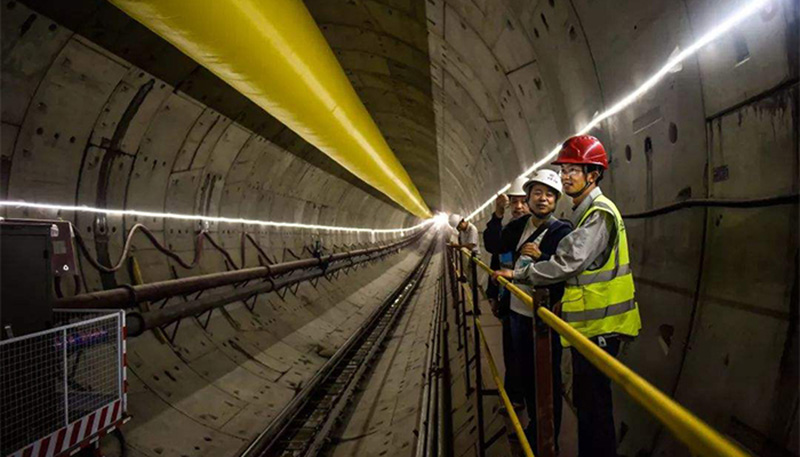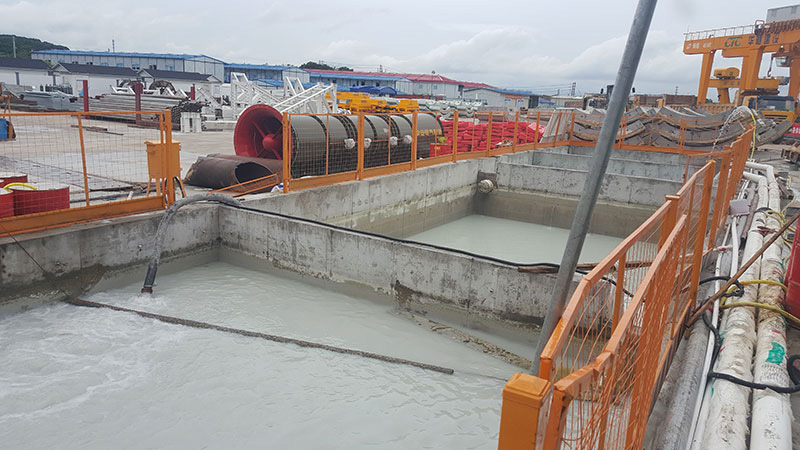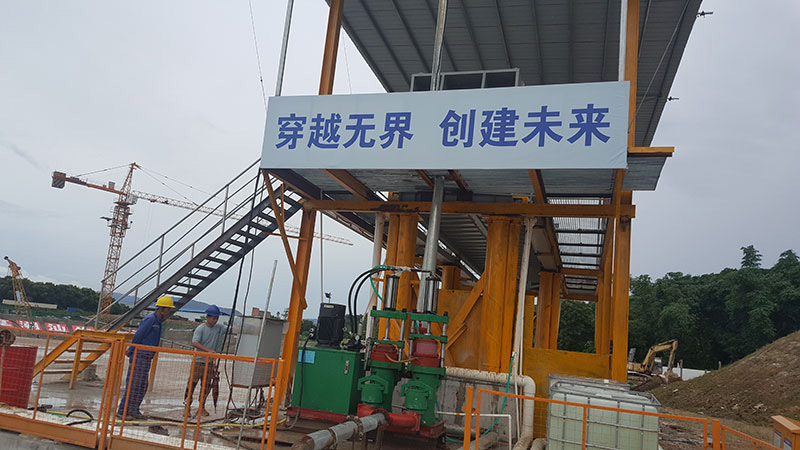Filter Press Application in Tunnel Shield Slurry Treatment
In recent years, shield tunnel construction technology has been increasingly widely used. The circulation system during mud-water balance shield tunneling will produce a large amount of waste slurry, which is difficult to solve with traditional mud-water separation treatment methods.
The organic combination of the three treatment methods of “shield tunnel discarded slurry instead of bentonite for simultaneous grouting + filter press slurry treatment + sand washing machine screening muck” can effectively solve the problem. This article will focus on the filter press application in sludge treatment.
Introduction to Tunnel Shield Slurry
As China’s urbanization process accelerates, ground traffic congestion problems have intensified. Building subways has become the main means for major cities to solve urban traffic problems. The shield construction method is one of the main methods for urban subway tunnel construction and is widely used.
During mud-water balance shield construction, waste mud with high specific gravity and high viscosity will be produced, which contains auxiliary slurry-making additives such as sodium carbonate and bentonite, as well as other chemical substances. If not disposed of properly, it can easily cause environmental pollution and other hazards.

Processing Flow of Filter Press Application in Tunnel Shield Slurry Treatment
The slag-carrying mud produced by the mud-water shield tunneling flows through the sludge pipeline to the ground mud-water separation equipment for simple slurry and slag separation. Part of the mud is modulated and re-enters the soil silo to balance the water and soil pressure on the tunnel face, and part of it is converted into filter cake and clean water through the filter press. At the same time, the dregs undergo secondary screening and sand and gravel testing to obtain sand that can be used as building materials, while the wastewater generated by sand washing is environmentally friendly through a filter press.

Actual Efficiency of Filter Press in Tunnel Shield Slurry Treatment
There are 2 sets of filter press systems; each set includes 8 XMYG200/1250U units with a volume of 3.82 m³ and a total machine weight of 10t. It is equipped with a sludge storage tank with a capacity of 300 m³ to store the discarded slurry and is equipped with 3 filter press feed pumps; each feed pump has a power of 45kW and a maximum flow rate of 150 m³/h.

According to statistics on the actual performance of the project, the single filtration cycle of the filter press is 120 minutes, the shield construction time is 3 shifts and 24 hours of operation, the volume of the filter press is 3.82 m³, the moisture content of the filter cake is 70%, and the moisture content of the slurry is 97%. Each filter press can process 366.7 m³ of waste sludge per day. According to the 4-ring index of daily excavation of a single shield, the maximum daily waste slurry that needs to be processed is 1648 m³, and the total daily processing capacity of 2 sets of filter press systems reaches 5867.2 m³. The filter press treatment far meets the requirements of the mud-water balance shield in clayey soil. Ground excavation construction requirements. The filter press process takes 20 minutes to grout, 46 minutes to maintain pressure, 8 minutes to release pressure, 36 minutes to unload filter cakes, and 10 minutes to return.

Conclusion
It is concluded that by installing filter press equipment, all waste slurry can be converted into filter cake and clean water, and the sand and gravel in the muck can be washed and separated, which can greatly reduce the amount of mud and muck transported out of the country and reduce the cost of shield tunneling. The cost of grouting can be synchronized, and the clean water after filtering can be recycled for sand washing and shield construction, reducing the water expenditure of the project.
At the same time, this construction technology uses filter press treatment to overcome the problem of wastewater and slurry discharge. The technology is mature and easy to operate, ensuring the construction efficiency of mud-water balance shield tunneling.

